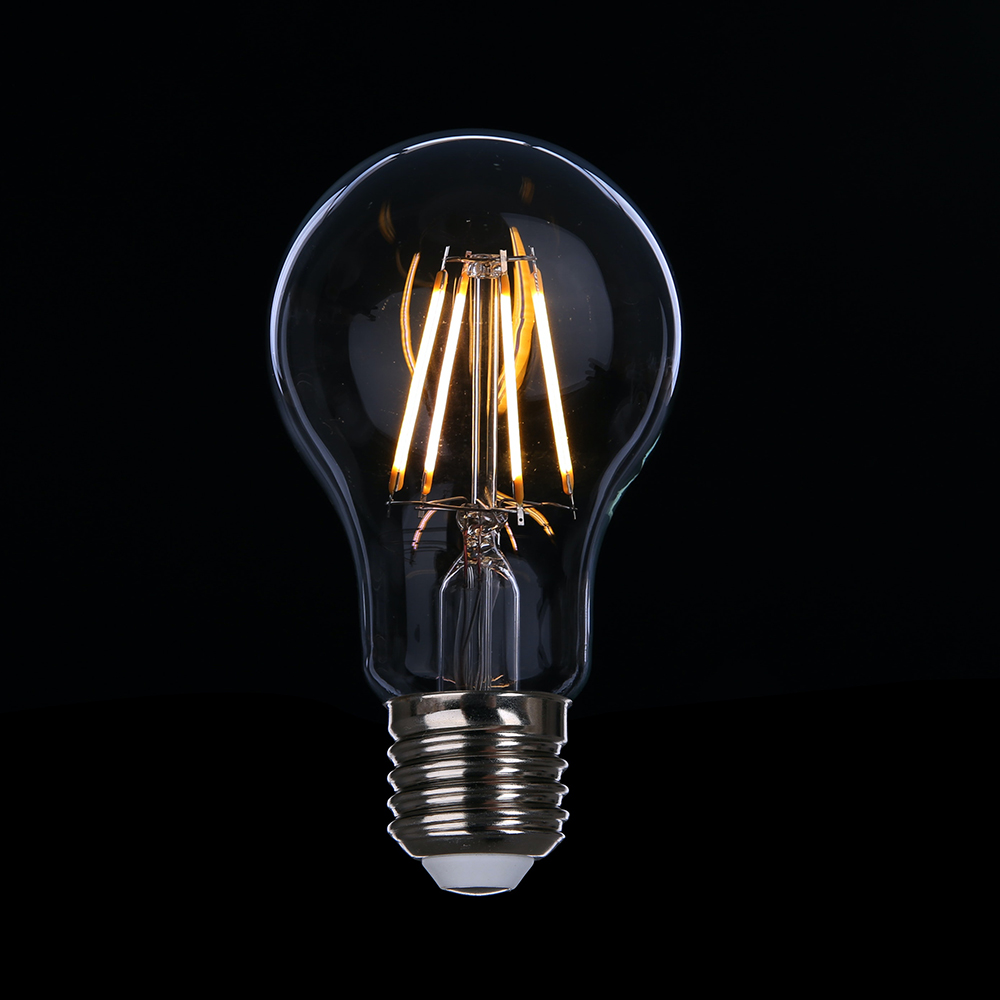“Life comes at you fast,” said the insurance company ad campaign earlier this century. In California, energy reality is coming fast and it doesn’t inspire confidence in the future.
With a few exceptions, official Sacramento, its groupthink mélange of elected officials and unelected bureaucrats who wield great political power, have their eyes on 2045. They expect that when they awake on January 1, 2046, the day after the legislated deadline, that every kilowatt of electricity used in California from that day on will be generated by renewable sources. Yet in 2023, as the state winds down natural gas and nuclear power, too often flipping the switch doesn’t bring the light.
The story of Sam Moss, a developer of affordable housing in San Francisco, holds no surprises. He “is still waiting for utility giant Pacific Gas & Electric to connect three newly built apartments to the electrical grid,” Politico reported in April. “He says he was initially told it could take up to six months,” a state of affairs that he said “can’t be real.”
The lack of power is not due to a construction mishap or Moss failing to pay off the right inspector. Politico says Moss’ not-uncommon experience is to be blamed on “a troubled utility, a tight labor market and aging infrastructure.”
“A tight labor market” is not unique to PG&E or even California. But the other two problems are California-centric.
One, California’s investor-owned utilities are the most regulated in the country. Because they are in effect an agency of government, political rather than market forces do the steering. Regulated utilities often make decisions no for-profit company ever would make, and frequently misallocate resources as there is rarely any negative fallout for choosing poorly. Mistakes, negligence and even malfeasance are often papered over.
Two, PG&E’s deteriorating infrastructure is the product of state policy that is obsessed with creating a green energy future. Consequently, the state’s renewables mandates divert resources away from infrastructure repair and improvements. Politicians and government functionaries brag about green progress while basic needs are allowed to go unaddressed.
There’s also a third problem not mentioned by Politico: The difficulty of building anything of significance in California, unless it’s an entertainment venue that lawmakers favor.
There’s no more glaring example of this can’t do/won’t do pattern than the state’s thus-far-futile effort to build a high-speed rail. Voters approved California’s “bullet train” in 2008, and surely expected that they would be able to rip between San Francisco and Los Angeles in fewer than three hours by 2020. But we are now in 2023 and yet not a single train has run; we are still four or five years away from the first tests.
Building a high-speed rail is of course more complex and arduous than connecting electrical transmission and distribution lines, but even that can become a nearly insurmountable task when the government becomes overly involved. Exhibit A: A 732-mile transmission line linking a Wyoming wind farm to a power grid serving the Las Vegas area was approved just a few weeks ago after 15 years of languishing in the tangle of the federal permitting process and local jurisdiction conflicts. Imagine how such a project – which will provide green energy – would have been delayed if it were in California. Then realize how difficult it’s going to be for this state to meet its 2045 deadline for a zero-emissions electrical grid.
Kerry Jackson is a fellow with the Center for California Reform at the Pacific Research Institute.


